“We’ve essentially reworked the standard recipe for making organic light emitting diodes, like those found in smartphones.”


“We’ve essentially reworked the standard recipe for making organic light emitting diodes, like those found in smartphones.”
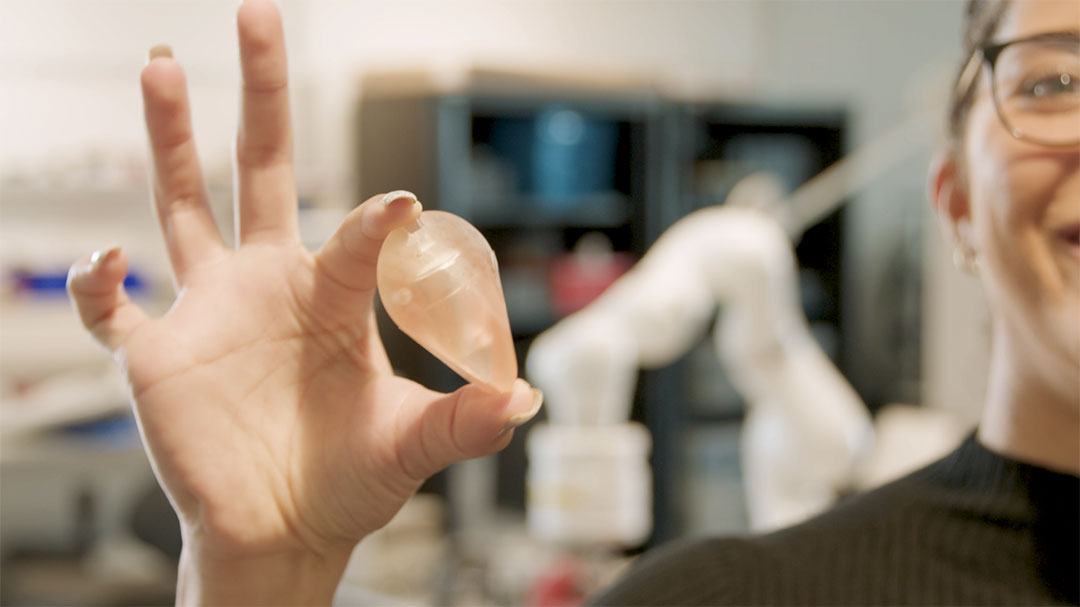
A robot with a unique shape could make it possible to perform ultrasound scans deep within the gut, helping doctors diagnose colorectal cancer.
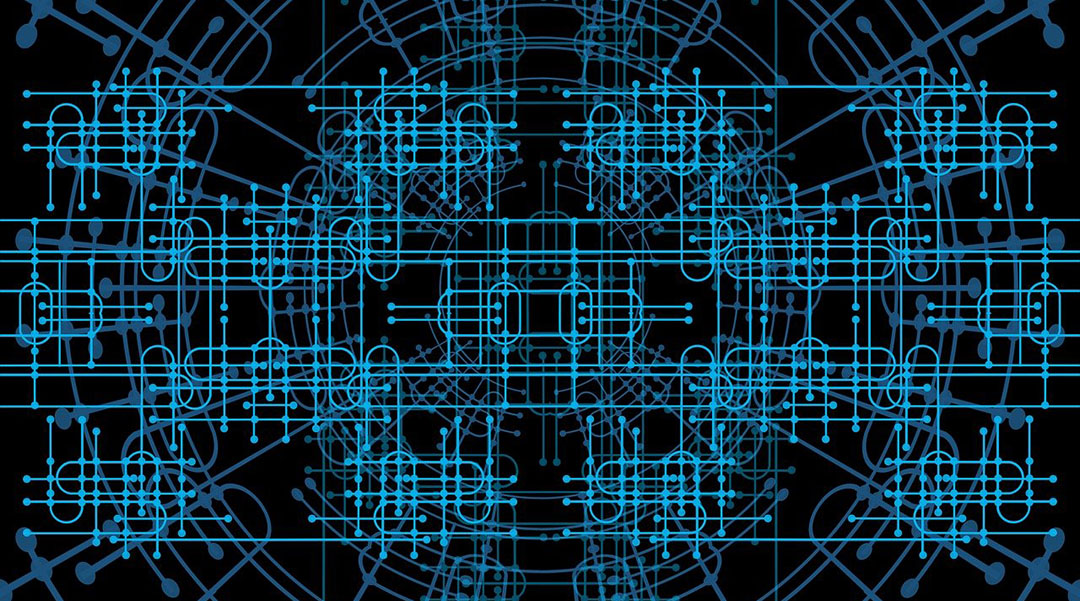
A new study targets feature selection, a key step in machine learning where the algorithm determines which parts of the input data are most relevant to making accurate predictions.

This new high-tech window glass reflects heat and radiates excess warmth into space, slashing air conditioning energy use by up to 40%.
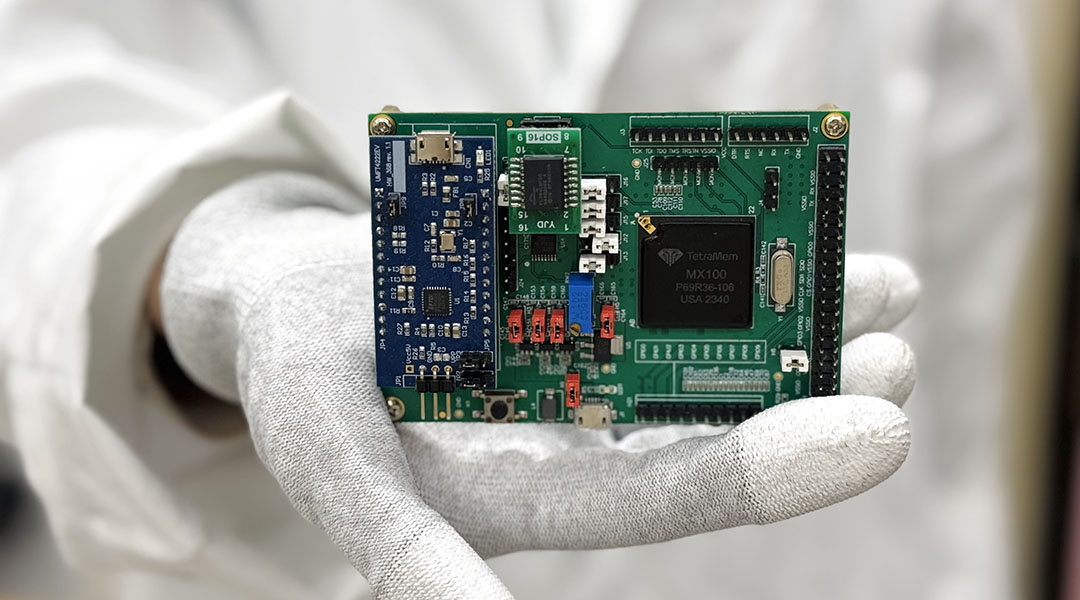
The system detects biomarkers for life-threatening diseases, such as heart attacks and cancer, enabling timely medical intervention.

Rectangular fiber optic cables could increase data transfer rates, benefiting telecommunications and quantum computing advancements.
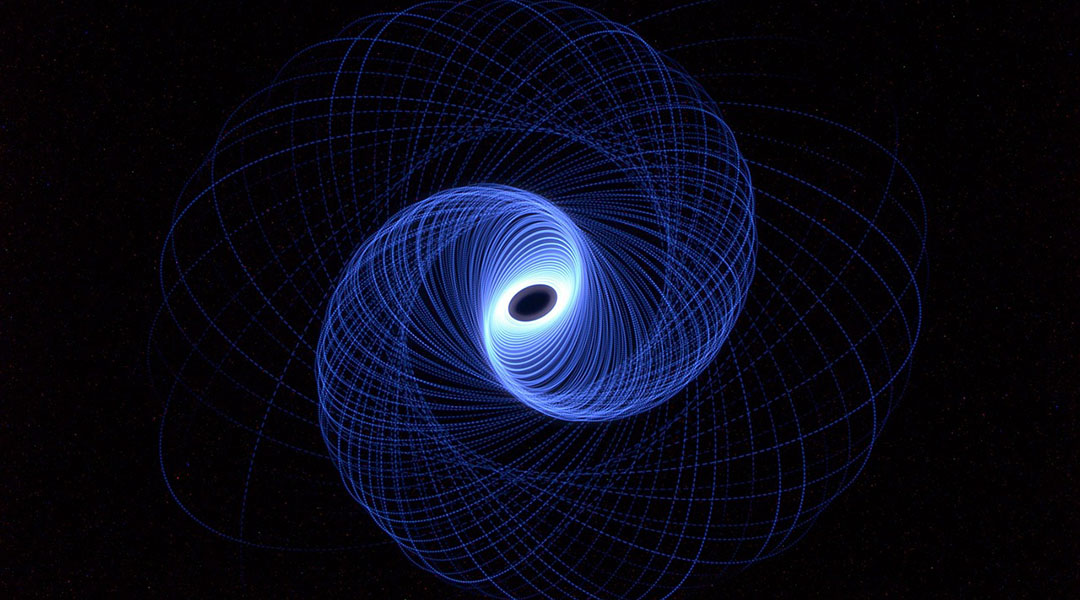
Harnessing skyrmions’ random motion and low energy requirements, this discovery could lead to more efficient and powerful computing technologies.
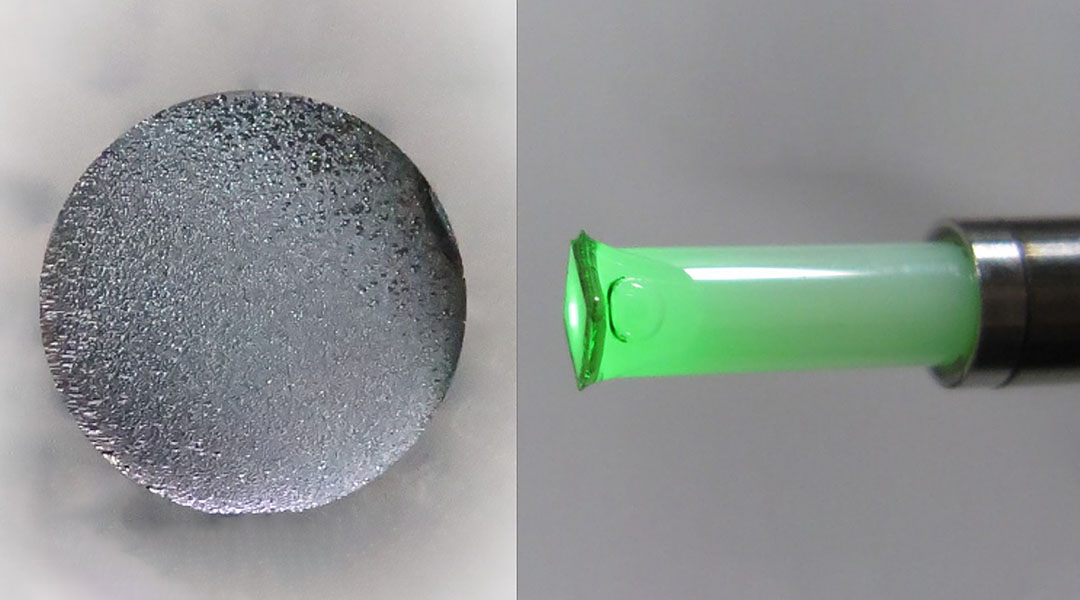
These low-cost quantum sensors detect tiny magnetic field changes and could help identify early battery issues in electric vehicles.

A 3D printing technique creates recyclable plastics with adjustable flexibility and strength for soft robots and medical devices.

Once disruptive, phonons now improve quantum dots’ behavior, making them more reliable for quantum communication and cryptography.